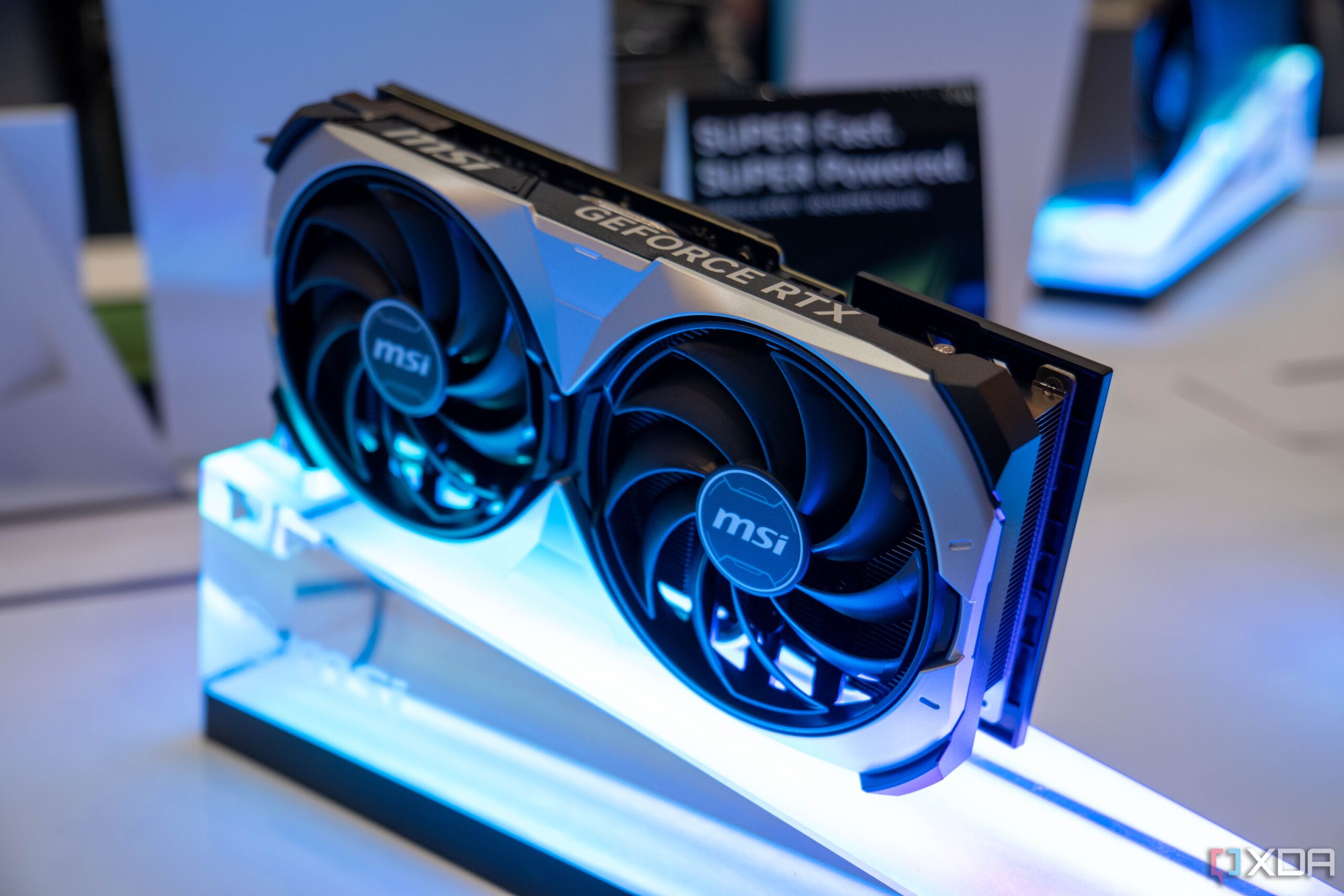Top Stories
Overclocking and Undervolting RTX 4070 Ti: Results Revealed Now

UPDATE: In a bold move for PC gaming enthusiasts, a new report reveals the results of undervolting and overclocking the RTX 4070 Ti Super. This innovative approach promises to enhance performance while improving power efficiency—a game-changer for avid gamers and tech aficionados alike.
Just announced, the findings showcase how combining these two methods can yield surprising benefits, with the RTX 4070 Ti achieving sustained performance boosts without sacrificing stability. This is crucial for gamers seeking optimal experiences in intensive environments.
The experiment was conducted using an AMD Ryzen 7600X paired with the RTX 4070 Ti Super, featuring 32 GB of Corsair DDR5 RAM running at 6000 MHz. With a refresh rate of 165Hz, the setup is ideal for observing any performance changes during gaming sessions.
To establish a performance baseline, the tester conducted three rigorous 3DMark benchmark tests: Port Royal, Steel Nomad, and Speed Way. The results showed that the RTX 4070 Ti performed well, averaging around 77.66th percentile across all tests. The Port Royal test highlighted its strong ray-tracing capabilities, while Steel Nomad demonstrated impressive rasterization efficiency at 1440p.
Following the benchmarking, the overclocking process began through MSI Afterburner, where a core clock offset of +214 MHz was applied, elevating the stock boost clock to between 2,955-2,970 MHz. A memory clock offset of +1000 MHz was also implemented, resulting in a conservative but effective overclock profile.
In a critical step, a 10% reduction in power limit was applied, effectively lowering the voltage by approximately 75–100 mV under load. This careful undervolt aims to preserve the overclock’s integrity while enhancing efficiency.
The results of the adjusted settings were promising, with measurable uplifts in benchmark scores. This combination allowed the GPU to maintain higher performance levels without the thermal throttling typically associated with overclocking. However, it’s important to note that the gains were modest due to NVIDIA’s factory boost algorithms already pushing the GPU close to its voltage-frequency curve.
As the industry evolves, enthusiasts are increasingly drawn to the flexibility of tuning options that undervolting and overclocking provide. While many modern GPUs, including the Ada Lovelace series, deliver near-optimal performance out of the box, those seeking quieter operation and fine-tuned efficiency may find value in these techniques.
The implications for gamers are significant. With more efficient setups, players can enjoy smoother gameplay, improved thermal performance, and potentially extended hardware longevity. This development empowers users to personalize their rigs, enhancing overall satisfaction and performance.
WHAT’S NEXT: As the community evaluates these findings, expect a surge in interest around similar optimizations. Gamers are encouraged to share their experiences and results, further enriching the conversation around GPU performance enhancements.
For now, the combination of undervolting and overclocking the RTX 4070 Ti Super is a compelling option for those looking to refine their gaming experience. Stay tuned for more updates as the tech landscape continues to evolve.
-

 Top Stories2 weeks ago
Top Stories2 weeks agoMarc Buoniconti’s Legacy: 40 Years Later, Lives Transformed
-

 Sports3 weeks ago
Sports3 weeks agoSteve Kerr Supports Jonathan Kuminga After Ejection in Preseason Game
-

 Science3 weeks ago
Science3 weeks agoChicago’s Viral ‘Rat Hole’ Likely Created by Squirrel, Study Reveals
-

 Politics3 weeks ago
Politics3 weeks agoDallin H. Oaks Assumes Leadership of Latter-day Saints Church
-

 Entertainment3 weeks ago
Entertainment3 weeks agoZoe Saldana Advocates for James Cameron’s Avatar Documentary
-

 Business3 weeks ago
Business3 weeks agoTyler Technologies Set to Reveal Q3 2025 Earnings on October 22
-

 Lifestyle3 weeks ago
Lifestyle3 weeks agoKelsea Ballerini Launches ‘Burn the Baggage’ Candle with Ranger Station
-

 Lifestyle3 weeks ago
Lifestyle3 weeks agoDua Lipa Celebrates Passing GCSE Spanish During World Tour
-

 World3 weeks ago
World3 weeks agoD’Angelo, Iconic R&B Singer, Dies at 51 After Cancer Battle
-

 Sports3 weeks ago
Sports3 weeks agoPatriots Dominate Picks as Raiders Fall in Season Opener
-

 Health3 weeks ago
Health3 weeks agoCommunity Unites for Seventh Annual Mental Health Awareness Walk
-

 Business3 weeks ago
Business3 weeks agoMLB Qualifying Offer Jumps to $22.02 Million for 2024









